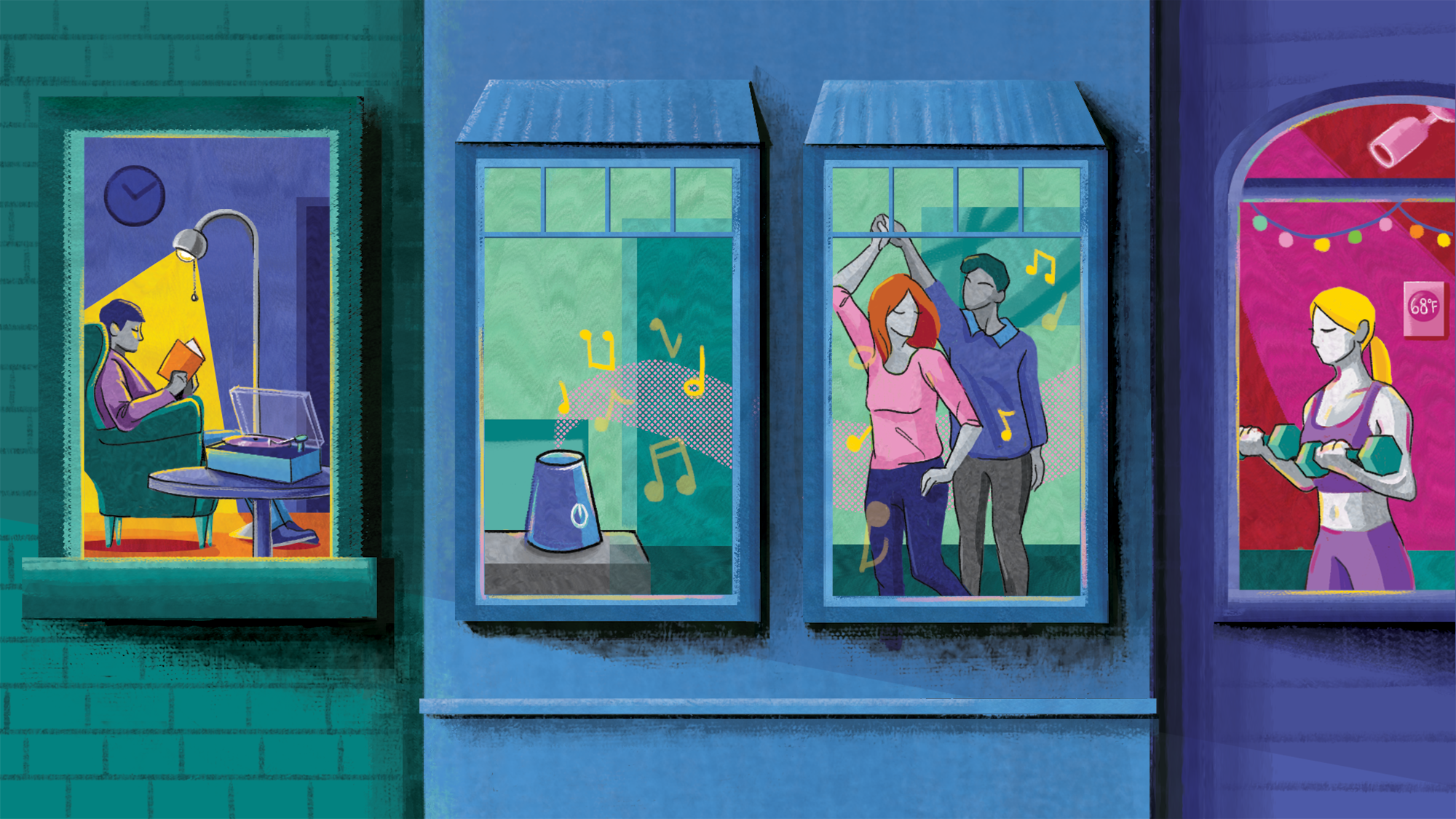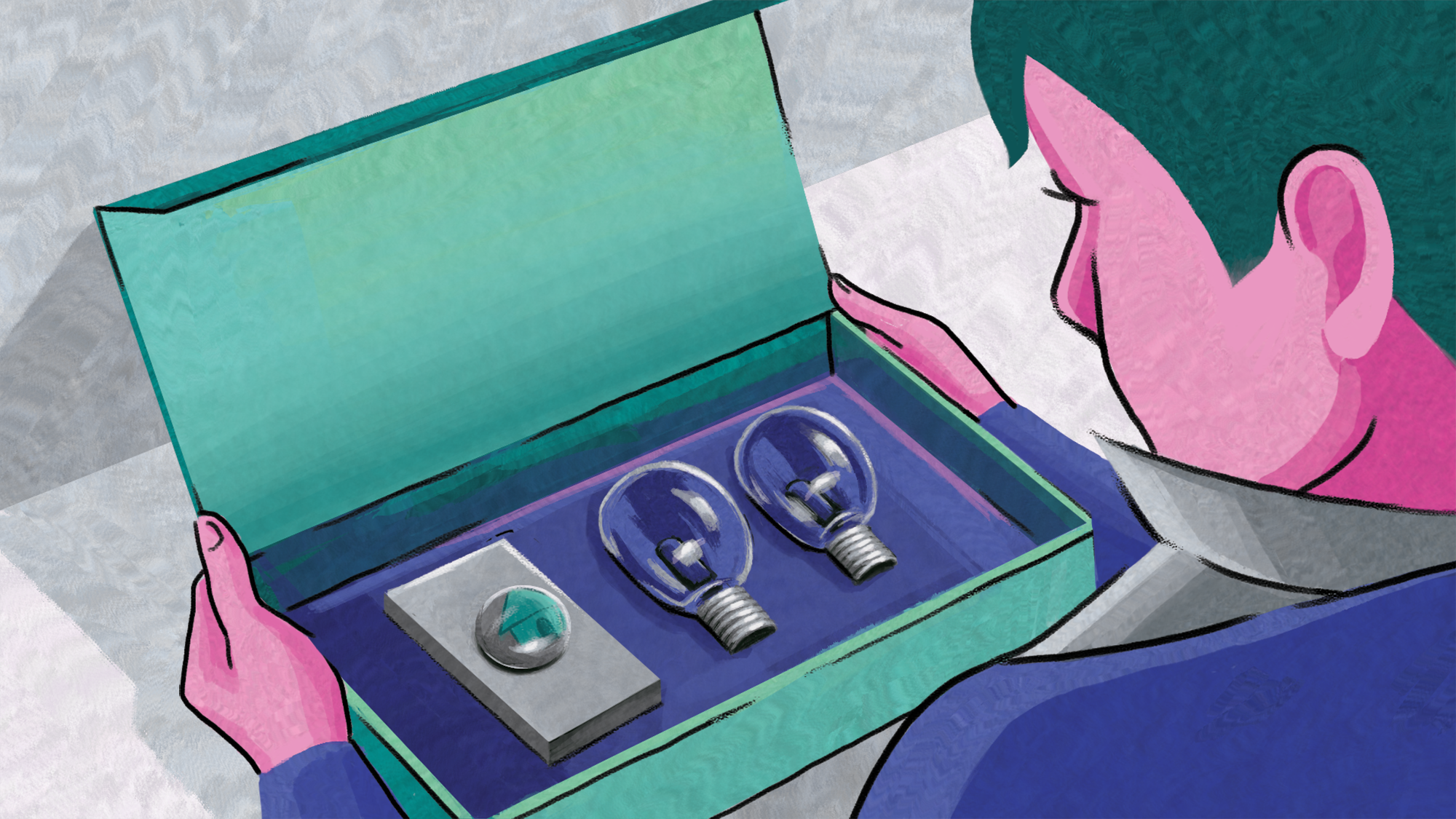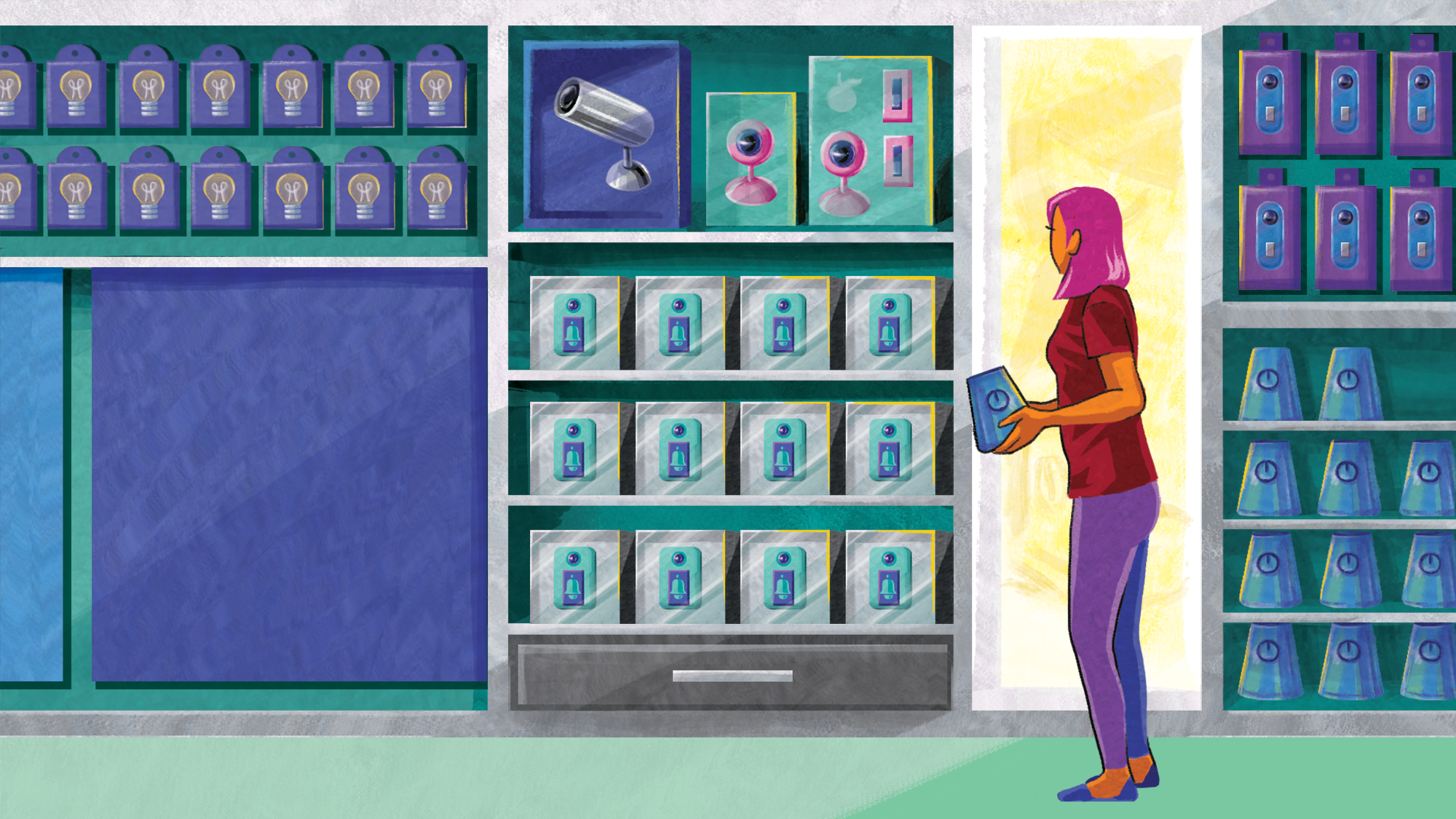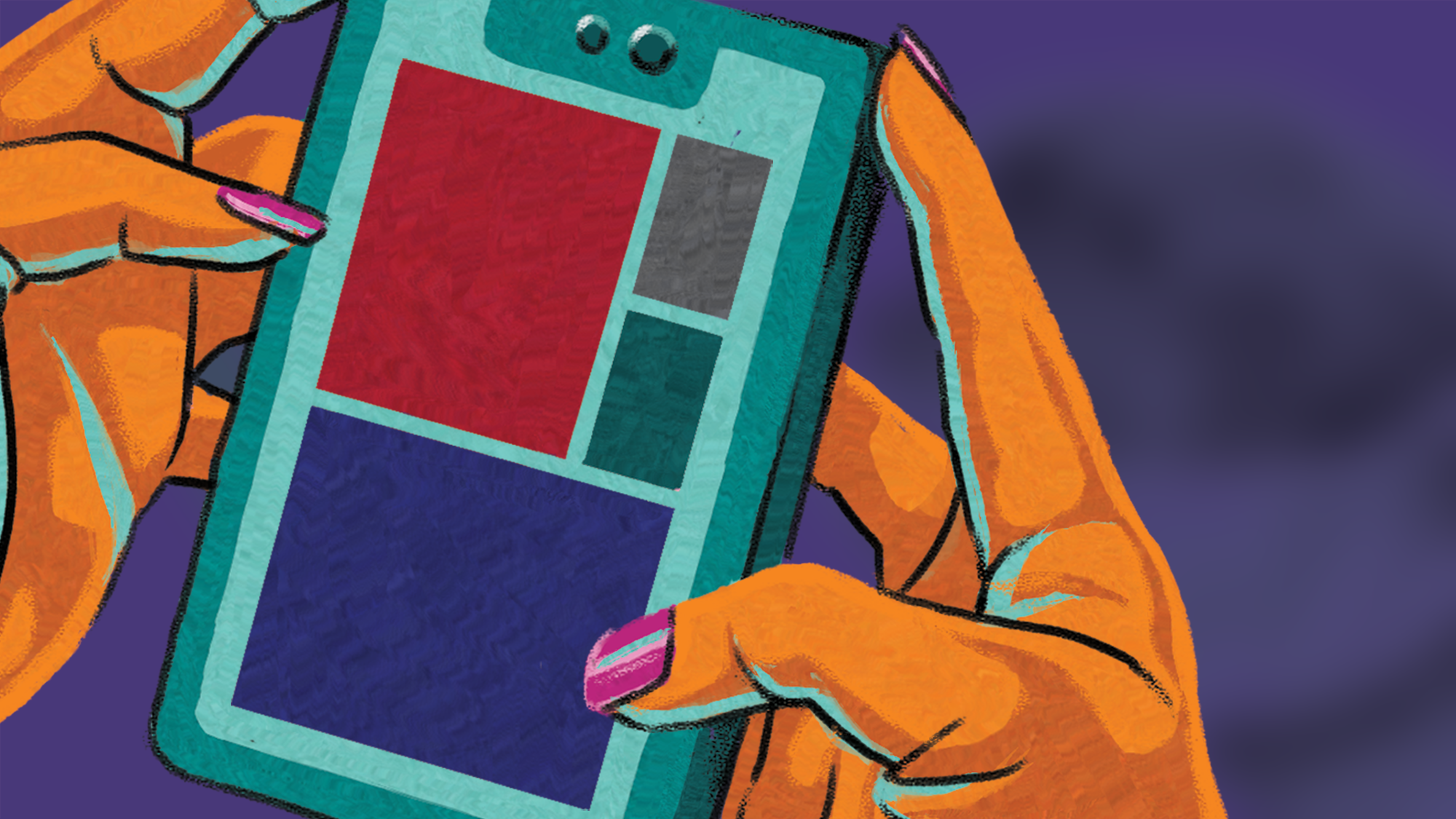Imagine an oven that, without extra instruction or constant monitoring, knows how to prepare your Thanksgiving turkey perfectly. A security system camera that alerts family or first responders when it detects an elderly person who has fallen and can’t call for help, while protecting their privacy. An autonomous vacuum that can locate items around the house. With recent advances in machine learning and new edge inference chips bringing unprecedented computing power on‑device, these innovations are within reach.
Meanwhile, more people are buying and using connected devices in the home than ever before. In fact,
IDC predicts that 1.4 billion devices will ship to homes in 2024. Numerous signs point to the fact that we’re on the cusp of big leaps in smart home technology.
To get a pulse on the state of the smart home in this seemingly pivotal moment, Perceive conducted an online survey of 2,000 adults in the US and Canada. What we found is that, while the surge in adoption is exciting, today’s bar for smart home technology is still too low.
We asked 2,000 consumers to share how they feel about the smart home devices and features available today. Right now, many struggle to see the value. Only 21% of respondents believe that we have already achieved meaningful home intelligence. At the same time, almost a third of respondents (29%) shared that while some smart home devices are fun to use, they aren’t necessary.




